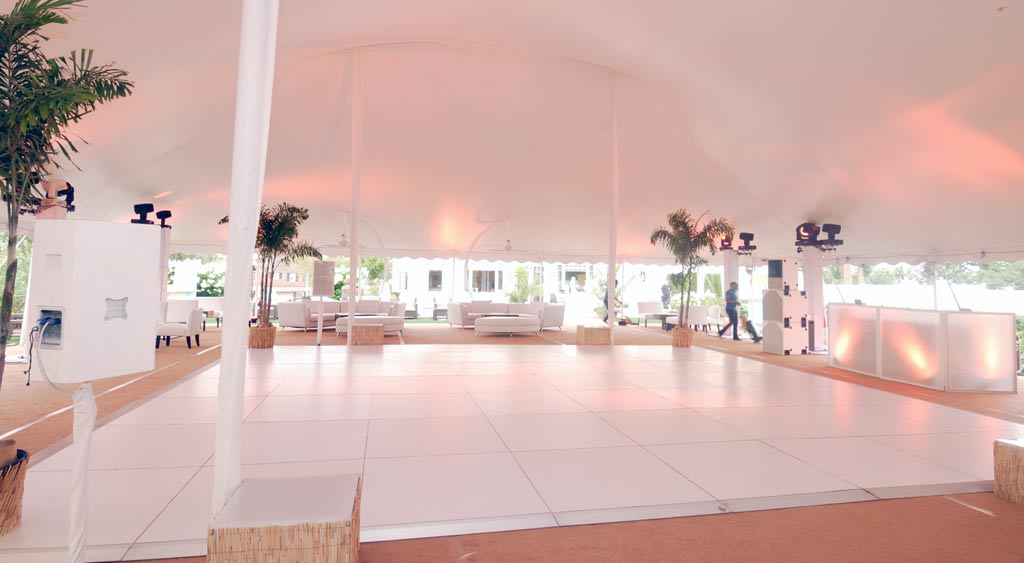To determine the appropriate dimensions for a dance floor, it is crucial to consider the number of attendees attending the occasion. A common rule is to allocate about 2 to 4 sq feet per guest. For example, if an occasion is projected to have 100 guests, a dance floor of around 200 to 400 square feet would be optimal. This dimension allows enough space for guests to dance comfortably without feeling cramped. Additionally, it is important to think about the type of event and the dancing genre that will be featured, as some dance styles demand more room than others.

Another factor to consider is the configuration of the venue. The dance floor should be readily reachable and visible to all attendees. Placing the dance floor in a central location can motivate more guests to participate in on the fun. It is also crucial to ensure that there is enough space around the dance floor for attendees to mingle and connect. This can help create visit here a lively environment where people are comfortable transitioning between dance and socializing.
The type of flooring material can also influence the general experience. A smooth, sturdy surface is necessary for secure dance. Typical materials for dance floors include wood, vinyl, and laminate. Each of these options has its advantages, such as durability and simplicity of care. Selecting the appropriate flooring can improve the dancing experience and reduce the risk of slips and accidents, guaranteeing that attendees can have fun themselves without concern.
Finally, it is essential to take into account the overall theme and atmosphere of the occasion when selecting a dance floor dimension. The dance floor should match the design and theme of the occasion. Lighting can also have a crucial part in creating an welcoming dance space. Using colored lights or spotlights can enhance the environment and encourage guests to hit the dance floor. By carefully evaluating these elements, occasion planners can design a dance floor that optimizes pleasure and ease for all guests.